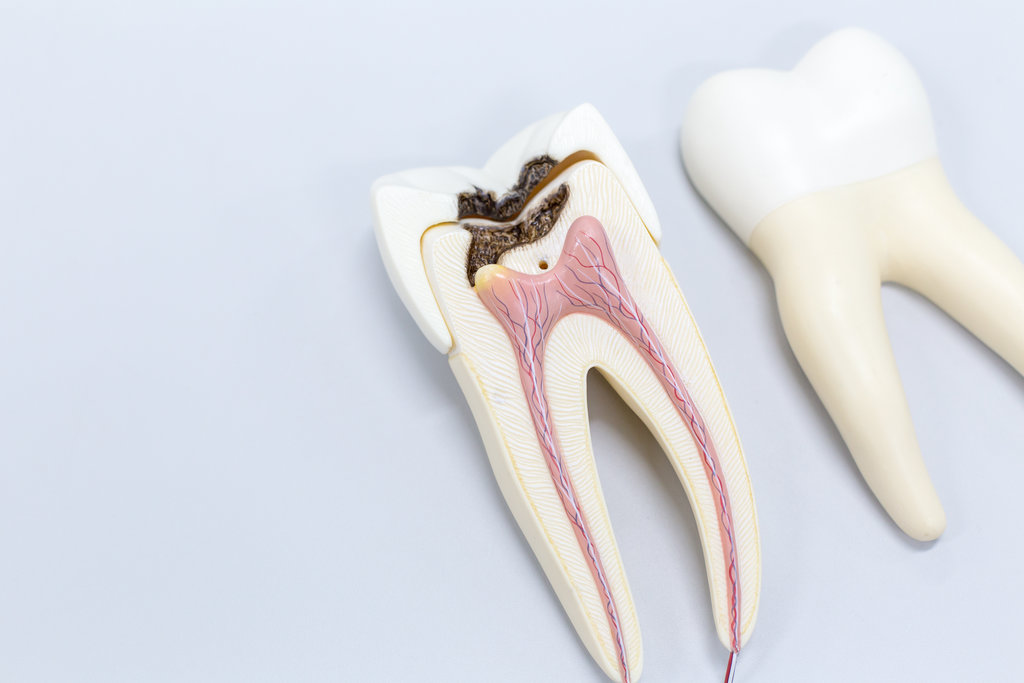
Endodontic cases range from straightforward procedures to highly complex situations requiring advanced techniques and extensive clinical experience. Complex cases often involve multiple complicating factors such as unusual root anatomy, previous failed treatments, extensive infection, or challenging access to the affected area. Understanding what transforms a routine root canal into a complex endodontic procedure helps patients appreciate the importance of choosing an experienced practitioner for their care.
At Burien Endodontics, Dr. Matthew Tomala regularly manages complex endodontic cases using advanced diagnostic technology and specialized techniques developed through his postgraduate training at the University of Washington. Our practice combines state-of-the-art equipment with thorough patient education to successfully treat even the most challenging root canal situations.
Anatomical Complexities in Endodontic Treatment
Complex root anatomy represents one of the most significant challenges in endodontic treatment. For more information about our advanced approach to endodontic care, visit our endodontics page.
Some teeth naturally possess unusual root configurations, including extra canals, curved roots, or canals that split and rejoin within the same root. These anatomical variations require careful mapping and specialized instrumentation to ensure complete cleaning and sealing. CBCT scanning proves invaluable in these cases, providing three-dimensional images that reveal hidden canals and complex root structures not visible on traditional radiographs.
Calcified canals present another anatomical challenge where the pulp chamber becomes narrowed or blocked due to aging or trauma. Accessing these canals requires patience, specialized instruments, and often microscopic visualization to avoid perforation while creating a pathway for treatment.
Root resorption cases involve the body’s own cells breaking down tooth structure from the inside, creating irregular spaces within the root. These cases require careful assessment to determine if treatment can successfully halt the resorption process and preserve the tooth.
Previous Treatment Complications
Endodontic retreatment cases often involve multiple complicating factors that make the procedure more challenging than initial treatment. Broken instruments left from previous procedures must be carefully removed or bypassed without damaging the remaining tooth structure. Our practice maintains specialized equipment designed specifically for retrieving fractured files and other separated instruments.
Overfilled root canals from previous treatment may require surgical intervention to remove excess filling material that extends beyond the root tip. Conversely, underfilled canals leave spaces where bacteria can flourish, necessitating complete re-cleaning and reshaping of the canal system. For patients requiring endodontic retreatment, we provide a thorough evaluation to determine the best approach for each unique situation.
Perforations created during previous treatment create additional challenges, as these artificial openings must be sealed while maintaining access to the natural canal system. Modern materials and techniques allow for the successful management of most perforations when addressed by experienced practitioners.
Infection and Pathology Factors
Severe infections add complexity to endodontic cases by creating swelling, pain, and anatomical distortion around the treatment area. Acute infections may require multiple appointments to control bacteria and reduce inflammation before definitive treatment can begin. Our practice provides emergency endodontic care for patients experiencing severe symptoms.
Large periapical lesions, which are areas of bone destruction around the root tip, require careful management to promote healing while addressing the underlying infection. These cases often need extended healing periods and may require surgical intervention if non-surgical treatment proves insufficient.
Chronic infections can create sinus tracts or fistulas that drain infected material through the gums. While these drainage pathways may reduce immediate symptoms, they indicate ongoing infection that requires expert endodontic treatment to resolve completely.
Technical and Access Challenges
Limited mouth opening due to anatomical factors or medical conditions can significantly complicate endodontic procedures. Special positioning techniques and modified instruments may be necessary to access posterior teeth in patients with restricted jaw movement.
Crown and bridge work over the affected tooth creates access challenges requiring careful removal or modification of existing restorations. Preserving valuable dental work while gaining adequate access to the root canal system demands precise planning and execution.
The following factors contribute to case complexity and may require specialized approaches:
- Extensive caries or fractures compromising tooth structure
- Previous endodontic surgery with altered anatomy
- Unusual pain patterns requiring differential diagnosis
- Medical conditions affecting healing or treatment protocols
- Patient anxiety or special needs requiring modified treatment approaches
Each of these factors requires individualized treatment planning and often extends the time needed for successful completion. However, with proper evaluation and technique, most complex cases can achieve successful outcomes.
Advanced Technology for Complex Cases
Modern endodontic treatment relies heavily on technological advances to manage complex cases effectively. Digital imaging provides immediate feedback during treatment, while CBCT scanning reveals three-dimensional anatomy before beginning procedures. Our practice maintains 100% digital patient records, ensuring all diagnostic information remains easily accessible throughout treatment.
Surgical microscopes allow for precise visualization of canal orifices, fractures, and other minute details critical to successful treatment. For cases requiring endodontic surgery, microsurgical techniques provide superior outcomes with reduced healing time and increased comfort.
Trust Burien Endodontics for Complex Endodontic Cases
Dr. Matthew Tomala’s extensive training in complex endodontic procedures, combined with his role as affiliate assistant faculty at the University of Washington School of Endodontics, ensures patients receive the most current and effective treatment approaches. His Master of Science degree in Dentistry and specialized endodontic residency provide the foundation for managing even the most challenging cases with confidence and precision.
Our practice approach emphasizes thorough diagnosis, clear communication, and patient comfort throughout complex treatment procedures. We believe in educating patients about their condition and involving them in treatment decisions to achieve the best possible outcomes. To learn more about our team and approach, visit our meet our team page, or schedule a consultation by calling (206) 402-5147 or using our contact form.
